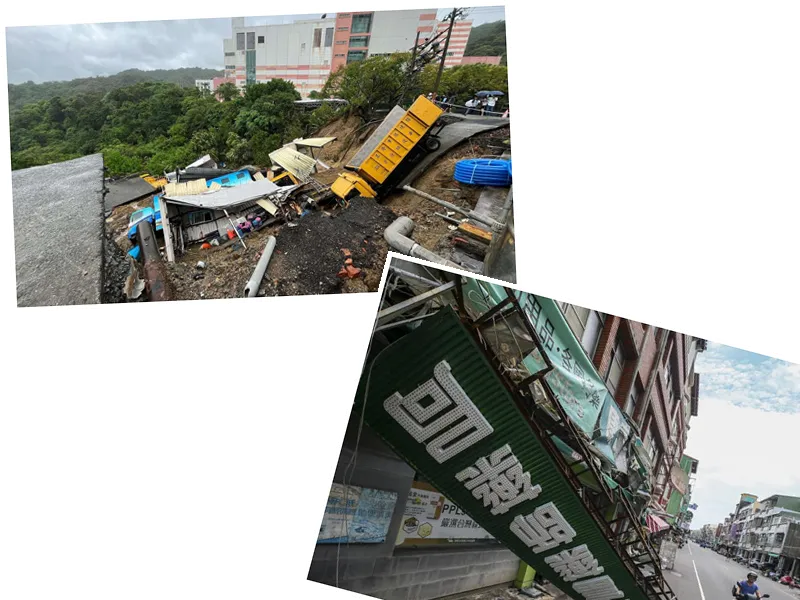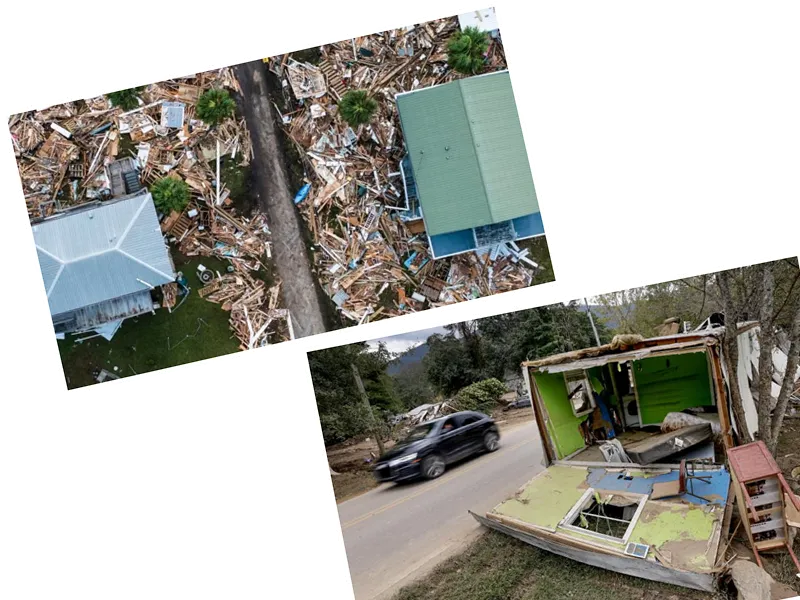Understanding the Catastrophic Impact of Storm Daniel on Libya's Coastal Cities
The Eastern Mediterranean Basin has recently witnessed a surge in storm activity, significantly affecting urban coastal areas that were previously considered safe from catastrophic flooding. In September 2023, Storm Daniel struck the eastern coast of Libya, leading to unprecedented flash floods that resulted in a tragic death toll and extensive damage to infrastructure. A study led by Issam Hajji, a researcher at the University of Southern California, highlighted that 66% of Derna's urban surface suffered moderate to high damage, with similar impacts observed in Sousse.
Hajji's research reveals that soil erosion in the Derna Valley, exacerbated by prolonged drought and desertification, played a crucial role in the destructive nature of the floods. The interaction between dense dust and rainwater created mud torrents, which are significantly more damaging than regular water torrents. This alarming finding emphasizes that the dangers of such floods stem not only from heavy rainfall but also from preceding drought conditions.
The Role of Tropical Cyclones in Increasing Flood Risks
Historically, the region has experienced rare but intense storms, with Tropical Storm Daniel being the most violent storm on the African continent since 1900. With wind speeds reaching 120 km/h and rainfall totals nearing the annual average for the area, the storm caused severe infrastructural damage across multiple cities. The cumulative effects included the destruction of roads, bridges, and even dams, leading to massive debris accumulation and a staggering casualty count of nearly 6,000 dead and thousands more missing or displaced.
The study also points out that the vulnerabilities of these coastal cities have been exacerbated by increased population density due to migration and the impacts of war. As tropical cyclones continue to grow in size and intensity, the risks posed to low-lying coastal areas such as Libya, Egypt, and other nations in the Gulf are becoming increasingly severe. Hajji warns that if these storms continue to escalate, the consequences for infrastructure, particularly ports and oil facilities, could lead to crises beyond the immediate destruction.
A Call for Action: Redesigning Coastal Infrastructure
In light of these findings, Hajji advocates for a redesign of coastal infrastructure in several Arab cities to mitigate the risks associated with future storms. He stresses the need for modern monitoring systems to better predict and prepare for such disasters. The devastation witnessed in Derna serves as a critical reminder that climate change poses significant threats, and proactive measures must be taken to safeguard vulnerable regions. As urban coastal areas continue to grow, understanding the interplay between drought, storm intensity, and urban planning will be essential in reducing the catastrophic impacts of future flooding events.






